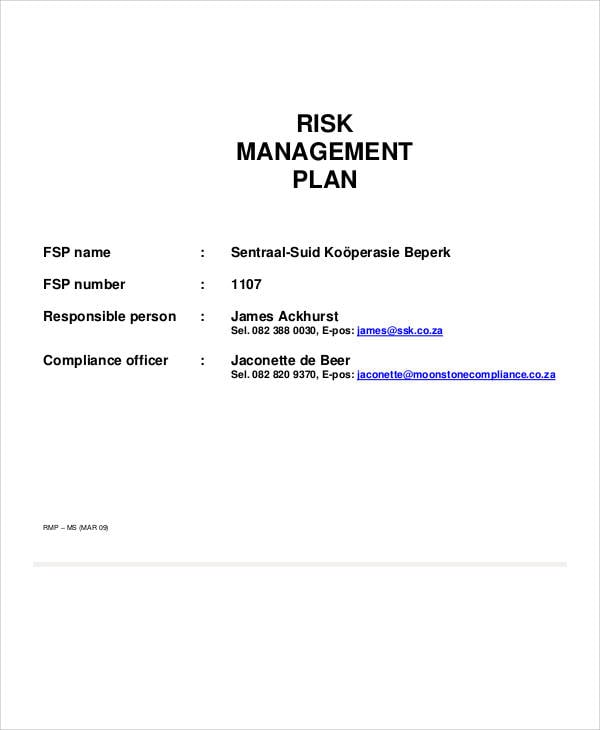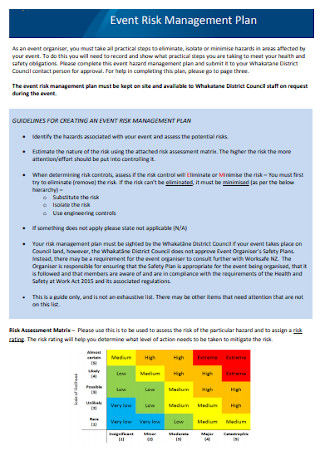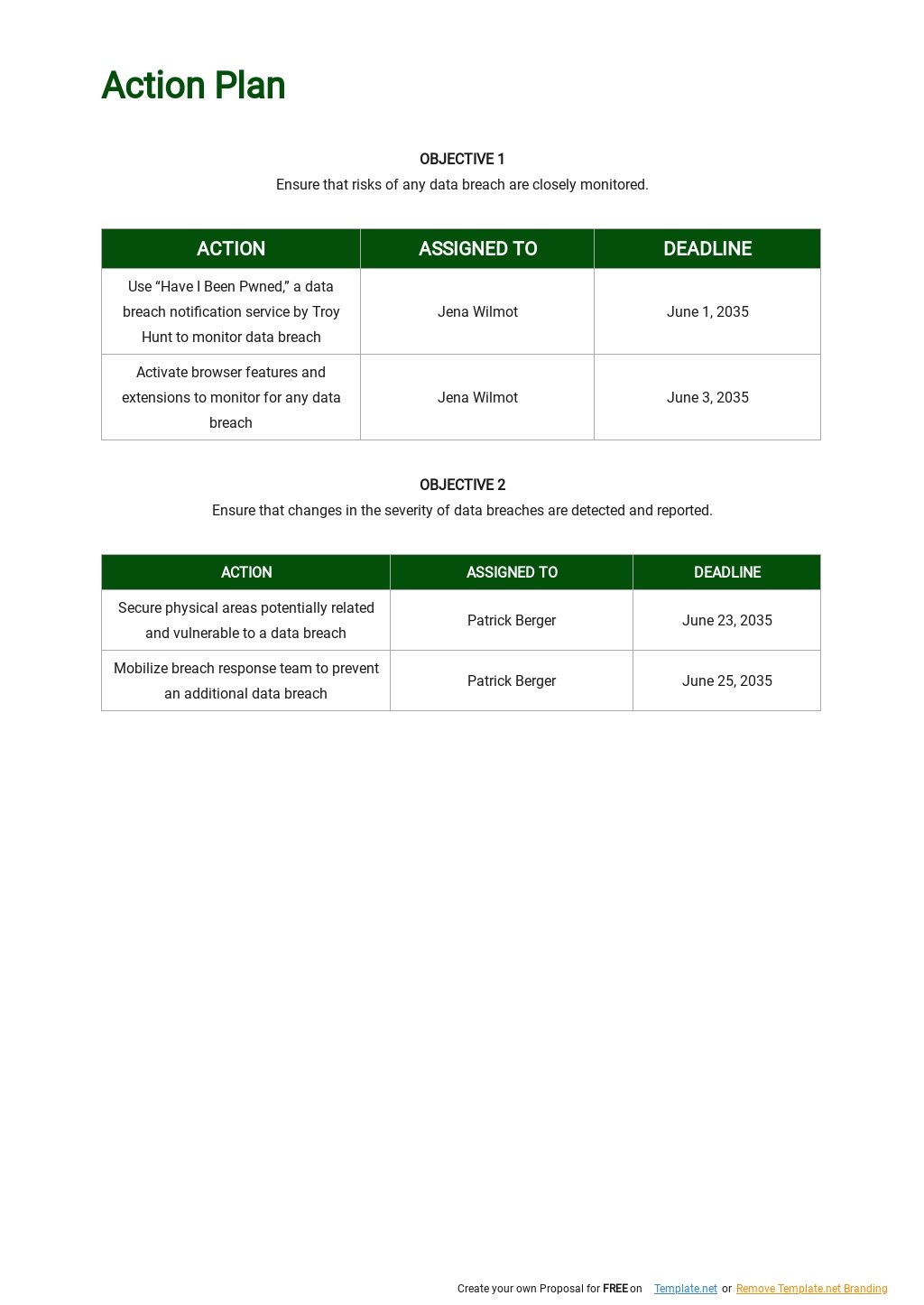

Most laws, regulations, and industry compliance frameworks require proof of risk assessments and other measures to avoid data breaches and protect sensitive information.Īll that said, risk management does not eliminate all risks. Risk management isn’t just a good idea to assure business continuity and profitability. Risk management is how we handle those risks: developing plans and procedures for myriad uncertain events, from natural disasters to cybersecurity threats.

What Is Risk Management?Įvery organization is exposed to risks. Risk assessment is a crucial element of the overall risk management process and mainly focuses on identifying and analyzing risks. You categorize each risk by likelihood and severity to outline the possible consequences and prioritize steps to mitigate the risk. It also includes risk control monitoring, cost-benefit analysis, and financial impacts.Ī risk assessment is only one specific part of that larger risk management process. A risk management plan documents the whole process, including identifying, evaluating, and mitigating risk. Many of us assume that a risk management plan and risk assessment are synonymous they’re not. Regardless of the risk management plan’s scope, the plan is developed by a group of stakeholders who know how to identify various potential risks and perform risk analysis.

Or in a project management setting, a project manager works with the project team to create a risk management plan related to project risks. Key stakeholders – senior management, compliance officers, and department managers – may develop a risk management plan to address high-level and strategic risks. An organization will have many risk management plans to address different risks. A risk management plan documents potential risks to an organization and the steps employees should take to keep those risks at acceptable levels.


 0 kommentar(er)
0 kommentar(er)
